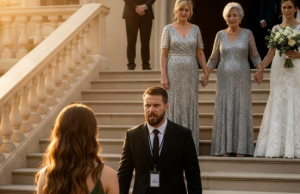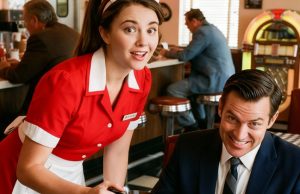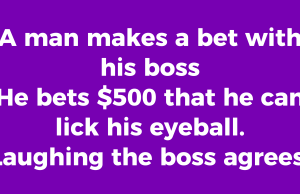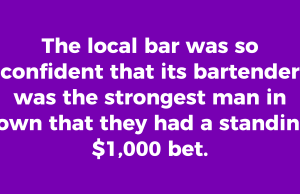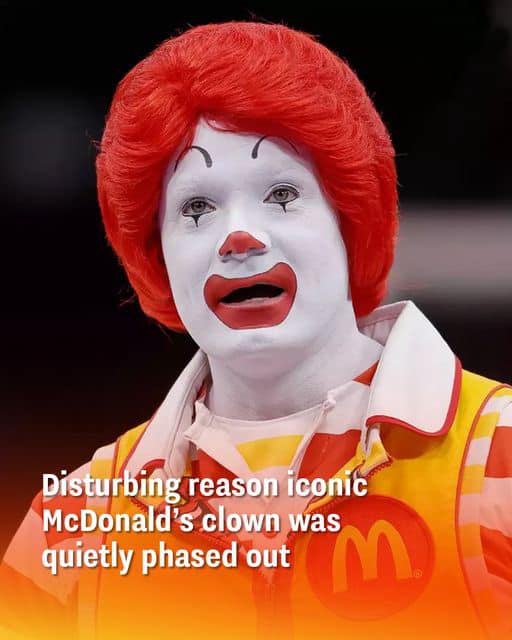
When you think of McDonald’s, you can’t help but think of Ronald McDonald, the renowned clown mascot. For decades, this jovial mascot was linked with the fast-food behemoth, but his position within the firm changed radically in 2016.1 What caused his sudden withdrawal from the spotlight? In this post, we’ll look at the amazing story of the clown’s disappearance and the events that led to it.
The Creepy Clown Craze
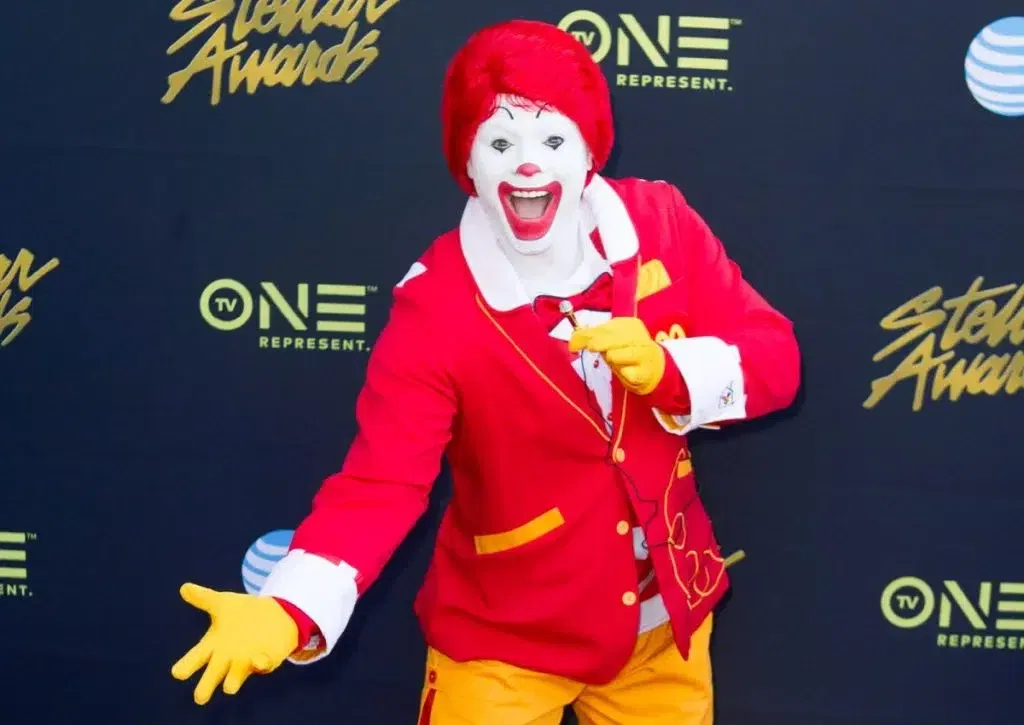
In 2016, a strange phenomena surged through the United Kingdom and the United States: the “creepy clown” movement. People began dressing up as dangerous clowns, terrorizing neighborhoods, and even carrying guns.2 The disturbing stories of these instances compelled McDonald’s to take action. In response to the disturbing atmosphere produced by these clown sightings, the business decided to remove Ronald McDonald from all advertising campaigns. They cited worries about public safety and community well-being as the primary grounds for this decision.
This decision, while surprising to some, was McDonald’s attempt to distance itself from the disturbing clown imagery that had captured the public’s mind. The action highlighted the company’s commitment to safety and sensitivity to their consumers’ concerns.
Unhealthy Marketing
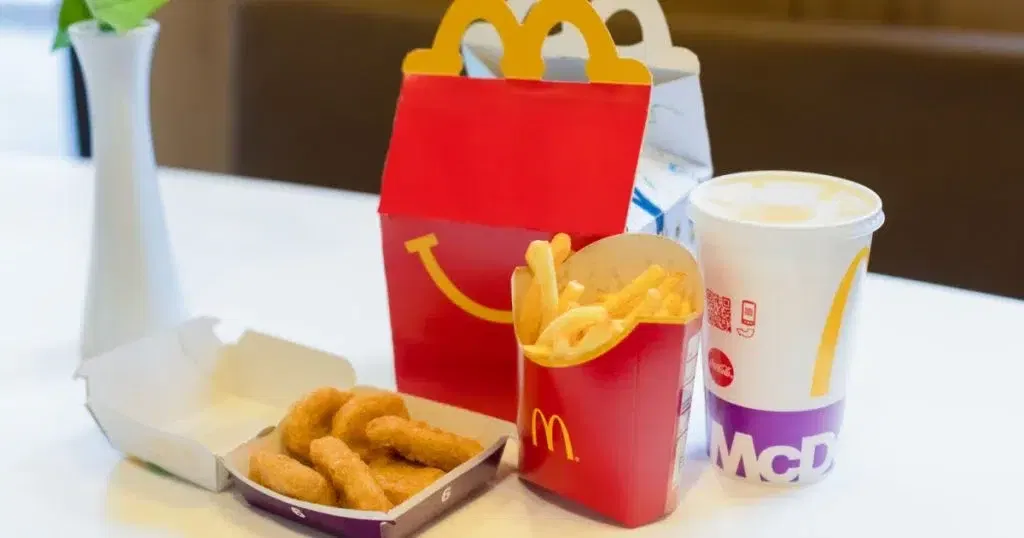
Ronald McDonald has been the company’s face since the 1960s, but he faced increasing criticism for marketing unhealthy fast food to impressionable children. Critics stated that he contributed to childhood obesity. This public relations dilemma prompted McDonald’s to reconsider their marketing strategy. Former CEO Don Thompson attempted to defend Ronald but found it difficult, particularly given the increased focus on children’s nutrition.
The criticism forced McDonald’s to shift their advertising focus from youngsters to adults. This change attempted to address concerns about fast food’s influence on children’s health while also adapting to changing societal expectations. Despite his child-friendly persona, the mascot no longer fits within the new marketing strategy.
Ronald McDonald’s Outdated Image
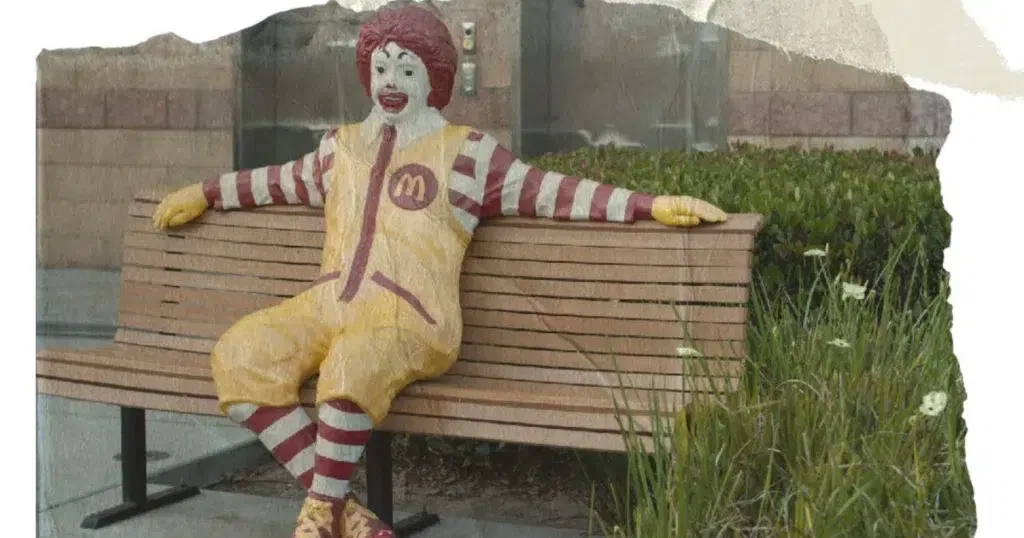
McDonald’s embarked on a significant transformation to modernize its restaurants and appeal to an older demographic. The chain introduced self-order kiosks, sleeker designs, and a more adult-oriented menu. Ronald McDonald’s goofy appearance and childlike image no longer aligned with the company’s new direction.
The rebranding efforts aimed to make McDonald’s restaurants more appealing to adults and create a contemporary, upscale image. A clownish persona had become a relic of the past, incompatible with the modern, sophisticated image McDonald’s sought to project.
The Final Bow
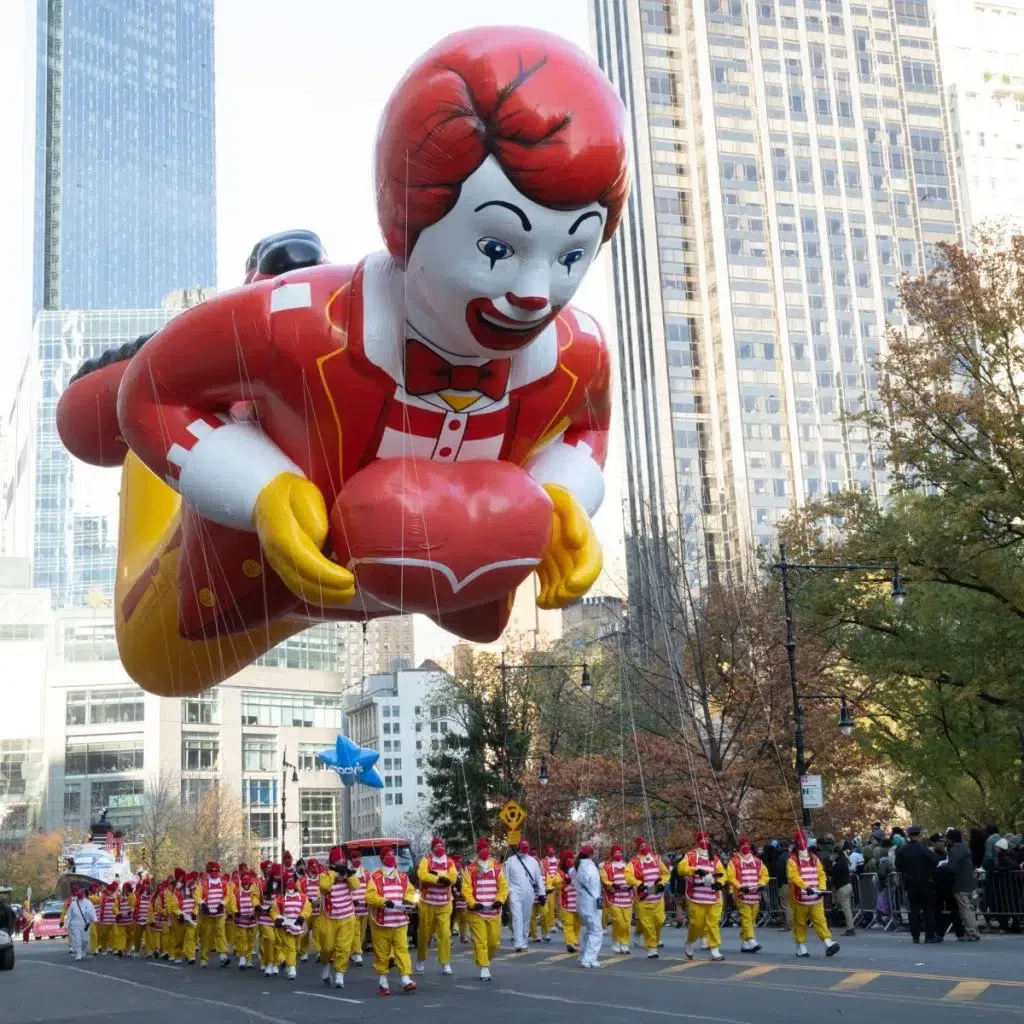
Despite lasting nostalgia for Ronald McDonald, his prominence as the franchise’s face faded over time. The rise of health consciousness and shifting consumer tastes caused McDonald’s to officially retire him in 2016. The corporation cited “creepy clown sightings” as the primary reason for Ronald’s departure, but he had already faded from the advertising landscape for years.
Ronald McDonald’s official retirement signaled the end of an era. While he still makes rare appearances, particularly at the Macy’s Thanksgiving Day Parade, his retirement represents the fast-food behemoth’s metamorphosis. Ronald’s departure remains a symbol of McDonald’s continual evolution as the corporation seeks to meet evolving consumer expectations and an ever-shifting marketing landscape.







